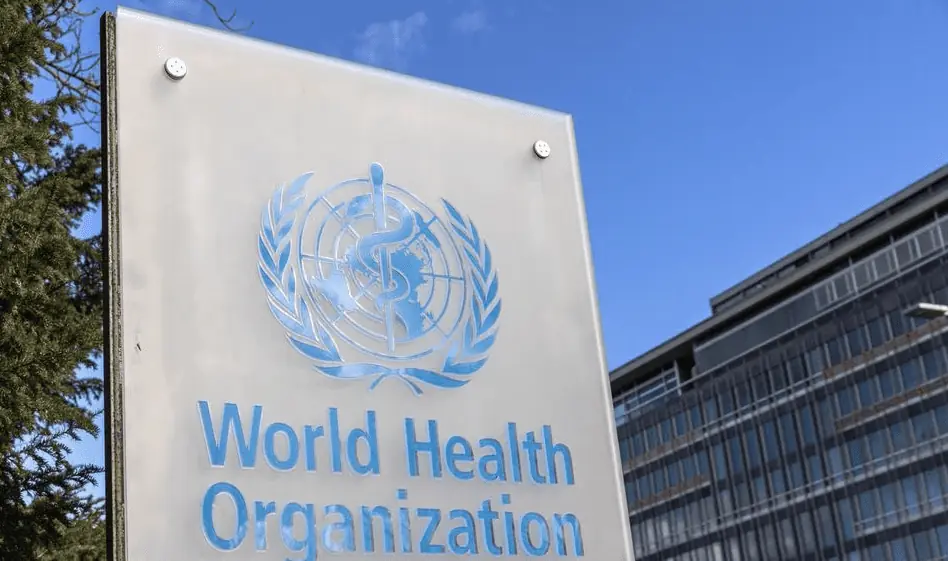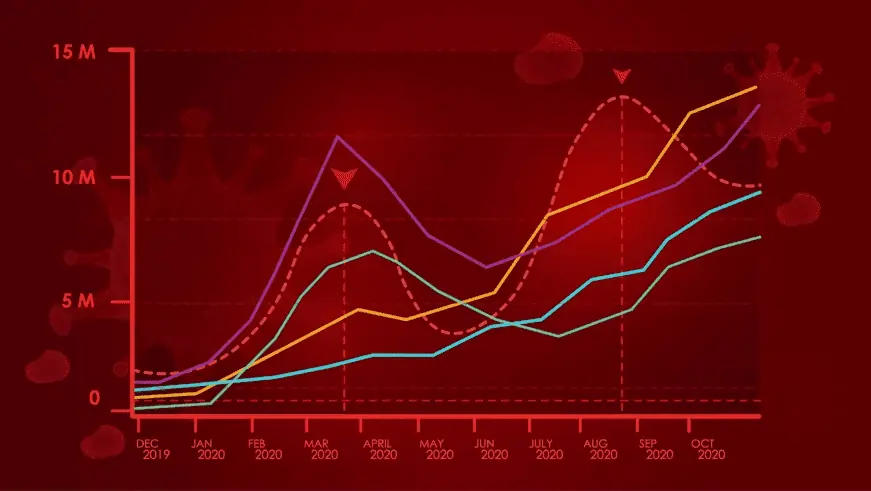
by WCWadmin | Jun 8, 2023 | World Health
The outbreak of Marburg virus infection in Equatorial Guinea has ended, the World Health Organization’s regional office for Africa said on Thursday.
The agency said no new cases of Marburg, caused by a deadly virus from the same family as Ebola, were reported over the past 42 days after the last patient was discharged following treatment.
The outbreak was declared on Feb. 13 and was the first of its kind in Equatorial Guinea.
A total of 17 laboratory-confirmed cases and 12 deaths were recorded. Another 23 were reported to have died from probable Marburg infection, the WHO said.
The announcement of end of the outbreak in Equatorial Guinea follows a similar move by Tanzania last week.
Marburg virus is transmitted to people from fruit bats and spreads among humans through direct contact with the bodily fluids of infected people, surfaces and materials.
WHO said it is continuing to work with Equatorial Guinea to maintain measures such as surveillance and testing to enable prompt action should flare-ups of the virus occur.
Reuters The World Health Organization (WHO) logo is seen near its headquarters in Geneva, Switzerland, February 2, 2023. REUTERS/Denis Balibouse/File Photo

by WCWadmin | Jun 7, 2023 | World Health
Cardiff University News (U.K.)
The researchers from Cardiff University and the University of Oxford developed an algorithm which identifies substantial, significant, and sustained periods of increase, described as “observed waves”, when applied to daily cases and fatalities of Covid-19.
Their study, published in Heliyon, addresses the lack of set criteria to define each wave of coronavirus despite extensive scrutiny of pandemic data and frequent discussion of waves in media coverage and public life.
Dr Adam Mahdi, founder of the University of Oxford’s OxCOVID19 project, said: “Our algorithmic approach offers a tangible means to identify and understand observed waves of disease.
“By revealing the types, drivers, and modulators of Covid-19 waves, our research contributes to the broader analysis of the epidemic‘s progression.”
Co-author Professor Ricardo Aguas from the Nuffield Department of Medicine at the University of Oxford added: “Applying an algorithm to a spectrum of time series data can help address relevant epidemiological questions: How can we best define an epidemiological wave? Intuitively, anyone would guess that a series of rising and falling cases would make a wave. However, by how much does it need to rise and drop for it to be epidemiologically meaningful?”
 Periods of higher infection were identified as meaningful waves of the disease rather than more temporary fluctuations if they were sufficiently long and sufficiently severe. Dips between waves were ignored unless the case rate fell below a certain threshold of the peak value.
Periods of higher infection were identified as meaningful waves of the disease rather than more temporary fluctuations if they were sufficiently long and sufficiently severe. Dips between waves were ignored unless the case rate fell below a certain threshold of the peak value.
The algorithm provides a tool for policymakers and public health experts to better comprehend and respond to the dynamics of future epidemics and pandemics. With the ability to uniformly describe and analyse observed waves, decision-makers can refine their strategies and interventions, aiming for a more effective and targeted approach to disease management.
Co-author Dr John Harvey, a UK Research and Innovation (UKRI) Future Leaders Fellow at Cardiff University, observes that proposing uniform definitions for concepts that cannot be easily defined is a commonly used scientific technique, drawing a similarity with body weight measurement.
“Nobody would claim that a person magically becomes underweight the moment their BMI goes below 18.5 – there is nothing special about this particular number and every individual is different. But drawing a line somewhere – anywhere – makes it possible to study the effects of being underweight.
“We can do the same exercise with a wave. Once something has a definition, you can start to investigate and understand it.”
The researchers employed their algorithm to synthesise Covid-19 data across different countries, adopting a wave-centric view.
The analysis of individual countries revealed significant variations in consecutive observed waves, particularly in terms of the case fatality ratio.
A more detailed examination revealed diverse geographical ranges for consecutive observed waves, especially in larger countries.
The study, funded by UKRI via ‘A multi-modal Covid 19 database for research’, also confirmed the impact of government interventions on modulating these waves, with early implementation of non-pharmaceutical interventions found to correlate with a reduced number of observed waves and a decreased mortality burden during those waves.
From “Algorithm Sets Parameters for Waves of COVID-19”
Cardiff University News (U.K.) (06/05/23)








